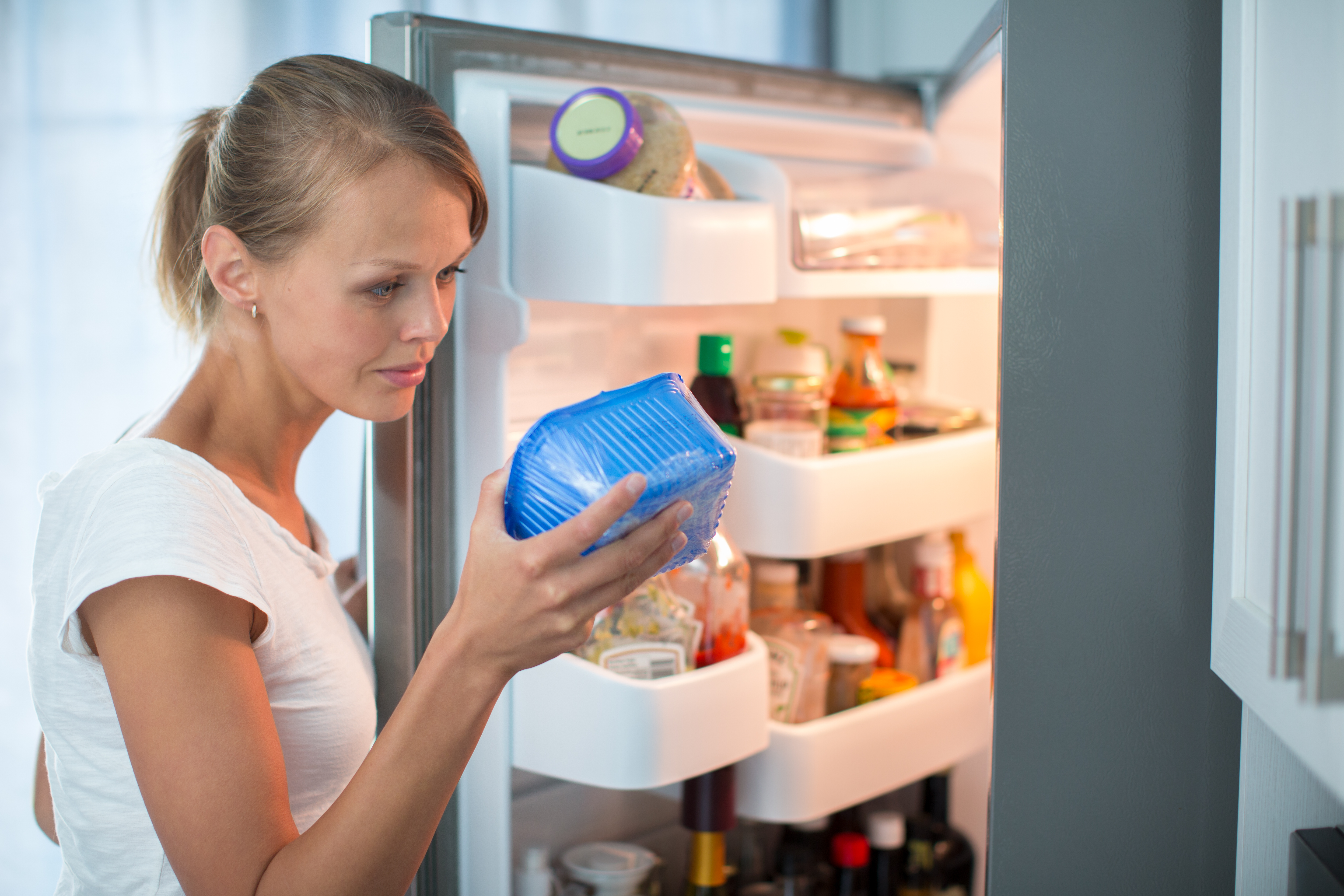Get to know your fridge

Beat the heat this summer by spending some quality time with one of the coolest places in the house - the refrigerator. Getting to know your refrigerator can help you reduce food waste, save money and reduce greenhouse gas emissions. Learn where to store different foods so they will last longer.
Upper shelves
The top shelves in your refrigerator are warmer than the ones below. Store food you will eat quickly, like leftovers, as well as drinks.
Crisper
If you have shelves with high/low humidity drawers, keep most veggies in high humidity setting. This will help prevent them from wilting. Fruits are best kept in the low humidity setting, along with veggies that may break down and rot. Keep fruits and veggies separate from each other to slow ripening.
Bottom shelves
The lowest shelves in your fridge are the coldest. Store meats, fish, diary and eggs there.
Door
The door to your fridge is the warmest spot and the temperature can shift a lot. It’s best to keep butter, condiments and drinks there. Avoid putting milk or eggs in the door.
More tips
-
When putting away food from the grocery store, place new items behind their older counterparts so you use up what you already have first.
-
Keep your refrigerator at 40°F or below to help preserve food.
-
Don’t store wine, bread or produce on top of the refrigerator. The heat that the fridge pumps out to regulate cold temperatures rises and can ruin these products.
-
Save food that is past its prime with recipes from Save the Food.
-
Wait to wash your fruits and veggies until right before you are going to cook or eat them. Washing produce adds excess moisture, which speeds up decay.
This article is featured in Green Ramsey, an environmental health newsletter from Ramsey County.
Learn more about and subscribe to Green Ramsey.